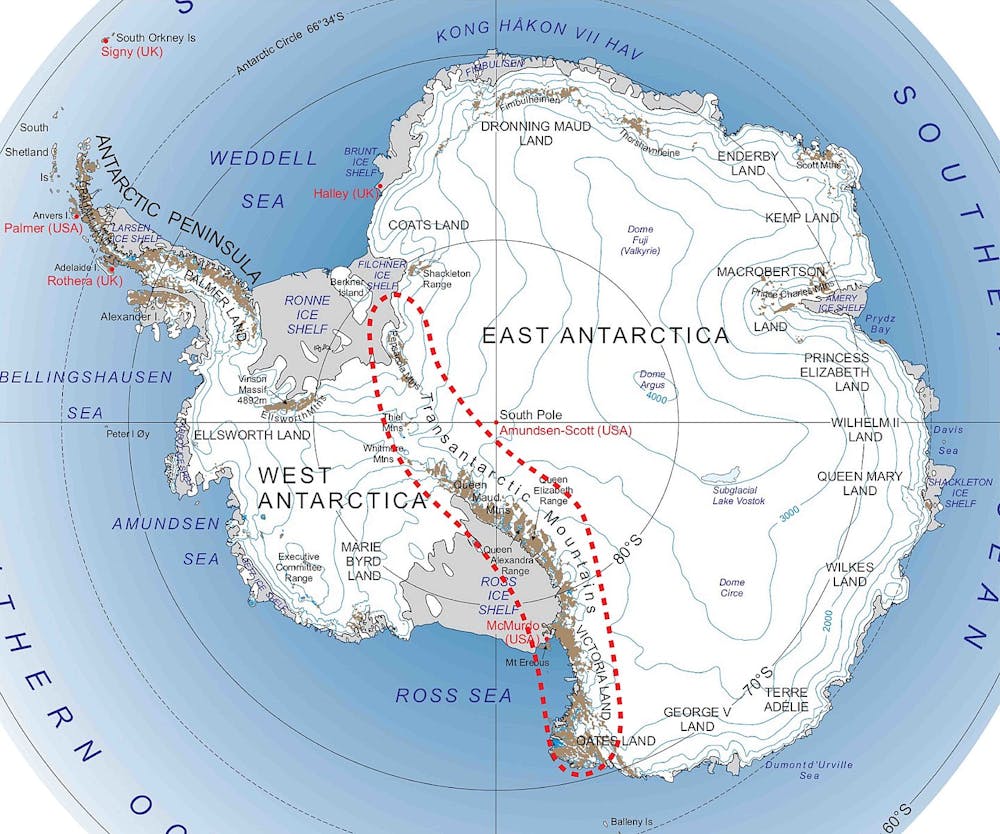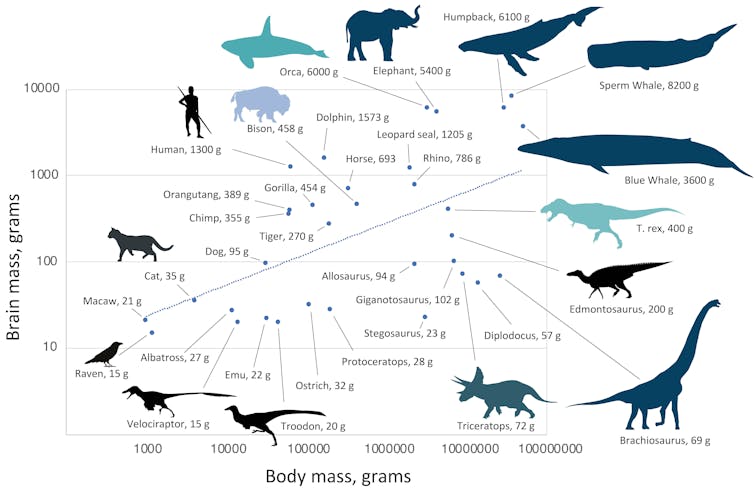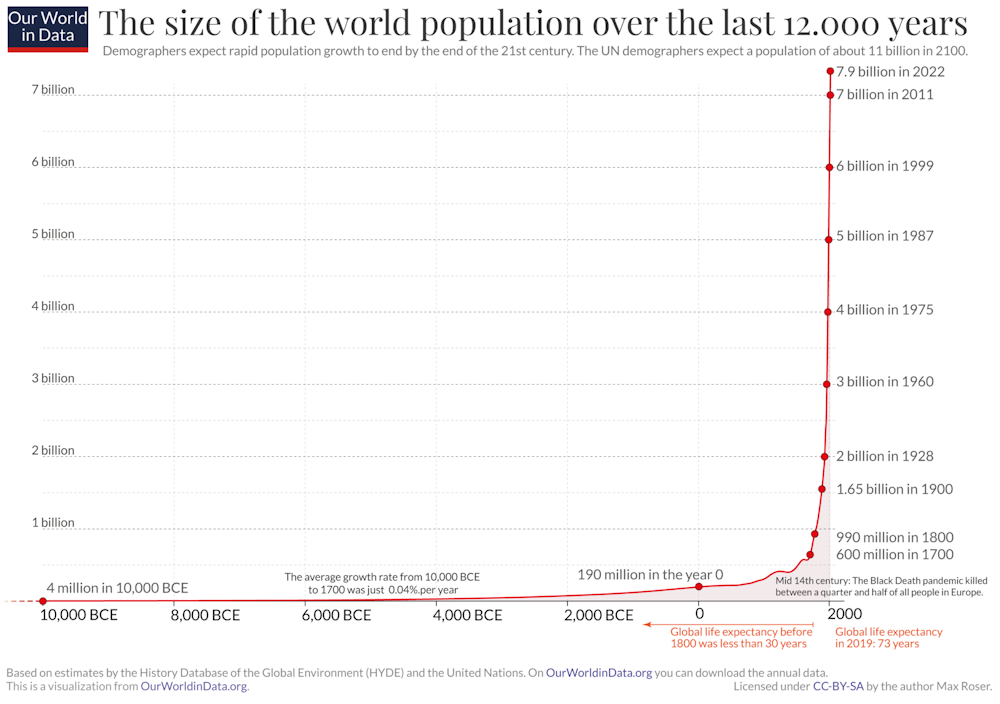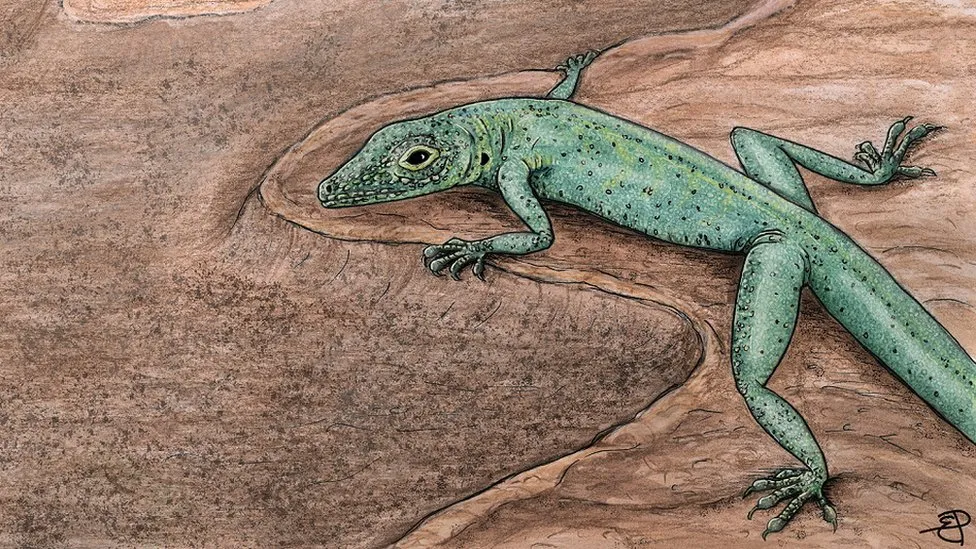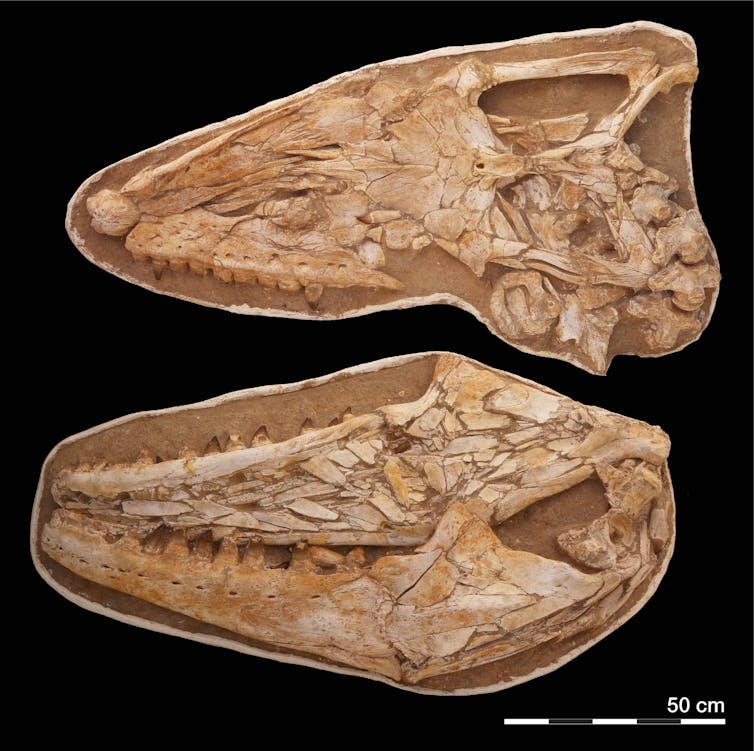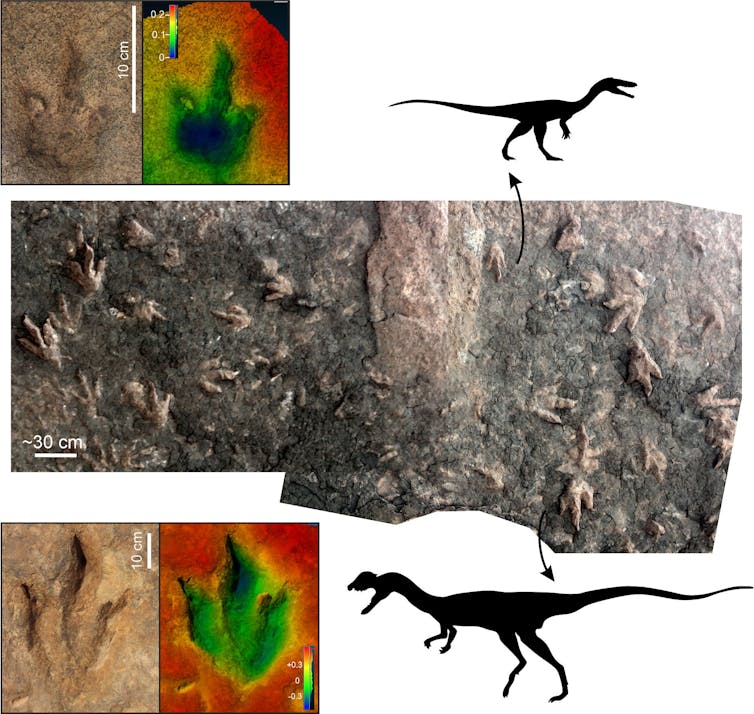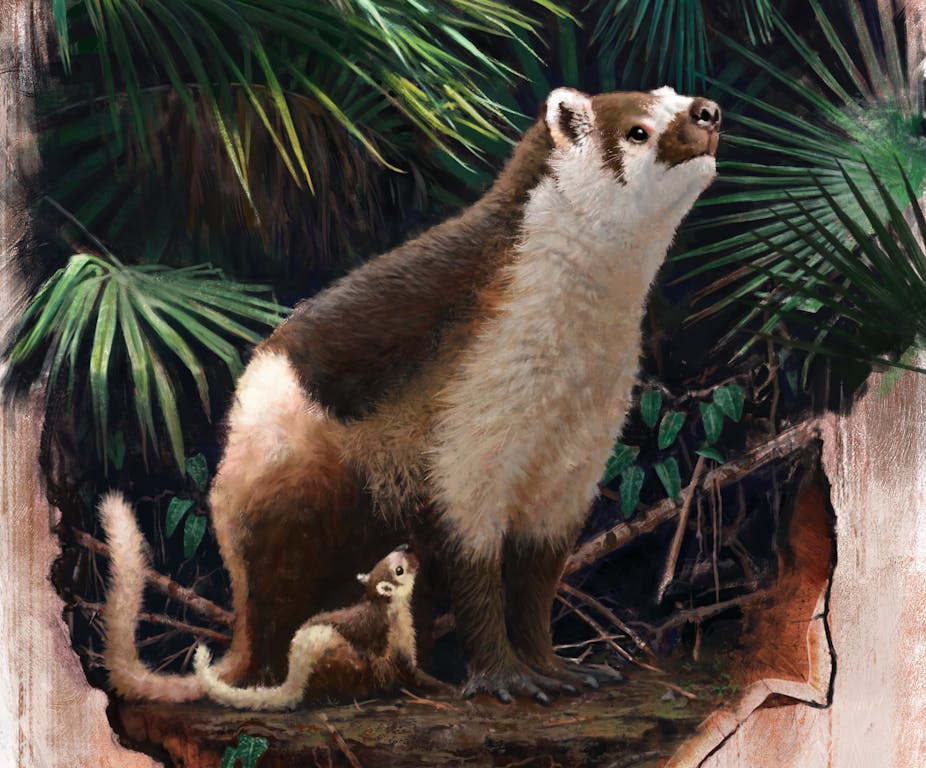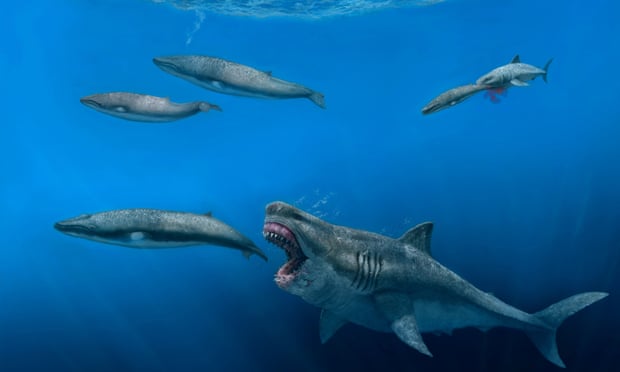Talks, field trips and events organised by west country geological organisations are publicised on this blog. Discussion about geological topics is encouraged. Anything of general geological interest is included.
Sunday 18 December 2022
Friday 16 December 2022
Glaciers Have Been Around for 60 Million Years
Glaciers Have Been Around for 60 Million Years
Monday 12 December 2022
ONLINE COURSES FOR JANUARY & FEBRUARY
ONLINE COURSES FOR JANUARY & FEBRUARY
New palaeontology online short course from the Natural History Museum
New palaeontology online short course from the Natural History Museum
You may be interested in this course from the Natural History Museum. You can find full details HERE.
- Location: Online
- When: 16 January - 24 February 2023
- Adult: £149
- Members: £127
-----------------------------------------An NHM Masterclass short courseLife on Earth has an intricate history of origins, adaptations, radiations and extinctions but with every new discovery our understanding of the evolution of life becomes clearer. Join a team of Museum researchers and curators as they highlight six moments in the 500-million-year evolutionary history of complex life on Earth, from the beginnings of animal life itself, through the greening of the planet, all the way to the evolution of modern mammals and their subsequent diversification even back to the water whence all life arose.This course will be delivered online. Each week, a pre-recorded lecture developed specifically for this Masterclass will be released ahead of two live, moderated, interactive Q&A sessions later in the week. The Q&A sessions will be recorded for those unable to attend live, and a reception event will be held for all enrolled students in the last week of the course, for students to meet their peers and the course lecturers at the Museum.
-----------------------------------------
- Location: Online
- When: 16 January - 24 February 2023
- Adult: £149
Thursday 8 December 2022
Does Evolution Have Favourite Forms - YES!
Does Evolution Have Favourite Forms - YES!
Wolf skulls. The marsupial on the left and the placental on the right. The similarity is unmistakable.
Saturday 3 December 2022
1 Day Field Course with Nick Chidlaw
1 Day Field Course with Nick Chidlaw
Google Earth oblique image of the study area, looking south showing the abruptly-incised meandering valley and lake near the village of Cromhall.
Track cutting in the Cromhall Sandstone Formation (Middle part). The character of the Carboniferous Limestone Supergroup changes notably between South Gloucestershire and the Mendips; in this area in the north, reddish quartz sandstones and mudrocks, deposited in rivers, occupy much of its upper part and are virtually absent in the south.
Saturday 26 November 2022
Anyone Want an Indoor Geology Course?
Anyone Want an Indoor Geology Course?
The following has appeared on the Teme Valley Geological Society's mailing list. Some of you may be tempted to reply to John Nicklin at martleypfo@gmail.com
======================================================
What If the Asteroid had Missed?
What If the Asteroid had Missed?
Thursday 24 November 2022
GeoNews Autumn/Winter 2022 Edition
GeoNews Autumn/Winter 2022 Edition
Down to Earth Extra December 2022
Down to Earth Extra December 2022
The December edition of Down to Earth Extra has been published. You can dowload it from HERE or you can read it below.
Friday 18 November 2022
Why are There 8 Billion of Us?
Why are There 8 Billion of Us?
Saturday 5 November 2022
Dragonflies in the Carboniferous
Dragonflies in the Carboniferous
Saturday 29 October 2022
Fossil Lizard Found in Skye
Fossil Lizard Found in Skye
Sunday 16 October 2022
WEGA Excursion to the Lake District - New Low Price!!!
WEGA Excursion to the Lake District - New Low Price!!!
Saturday 15 October 2022
Marine "Dinosaurs" - Also Scary
Marine "Dinosaurs" - Also Scary
Thursday 13 October 2022
What I Did on My Holidays
What I Did on My Holidays
Finely bedded sediments of the Silurian - Ordovician Kittery Formation (part of the Merrimack Group) on an island in Saco Bay.
Wednesday 12 October 2022
Nick Chidlaw Field Course
Nick Chidlaw Field Course
A handout outlining the day’s programme, including location sketch map, illustrated geological history and written log of the succession of strata, will be forwarded in advance of the course to those enrolled.
Note that enrollees will need to:
* Arrange their own transport
* Bring a packed lunch and any refreshments (e.g. flask of coffee, fruit juice, mineral water etc.)
* Wear strong footwear with good tread and ankle support, and have waterproof clothing if weather is poor.
* Hard hats will be needed at the second location for this course - they will not be needed for the first. If you do not have a hard hat, I can lend you one (let me know in advance).
Attendees will be insured against accident for the duration of the course.
Tuition fee: £30.00
Contact tutor Dr Nick Chidlaw nickchidlaw@gmail.com to enrol and for any queries.
Deadline for course viability: Friday 4th November . If the course has become viable (minimum of 10 enrolments) by this date, enrolments will be able to continue until Saturday 12th November.
Workings in the upper part of the quarries on Leckhampton Hill, Cheltenham, Glos. We examine this section, together with others below and above. The Hill has many footpaths, giving full public access.
Thursday 22 September 2022
Dinosaur Footprints in the Karoo
Dinosaur Footprints in the Karoo
Invitation to Exhibition and Panel Discussion
Invitation to Exhibition and Panel Discussion
Saturday 17 September 2022
Study of Fossil Teeth Gives Extraordinary Details
Study of Fossil Teeth Gives Extraordinary Details
Fossil Frogs Died from Too Much Sex
Fossil Frogs Died from Too Much Sex
Sunday 28 August 2022
WEGA Excursion to the Lake District
WEGA Excursion to the Lake District
Saturday 20 August 2022
Sizing a Shark - The Cosmopolitan Predator
Sizing a Shark - The Cosmopolitan Predator
Thursday 18 August 2022
1 Day Field Course with Nick Chidlaw
1 Day Field Course with Nick Chidlaw
Nick Chidlaw has asked me to publicise this field course which he wants to run in October. All the details are below.
Track cutting in the Cromhall Sandstone Formation (Middle part). The character of the Carboniferous Limestone Supergroup changes notably between South Gloucestershire and the Mendips; in this area in the north, reddish quartz sandstones and mudrocks, deposited in rivers, occupy much of its upper part and are virtually absent in the south.
